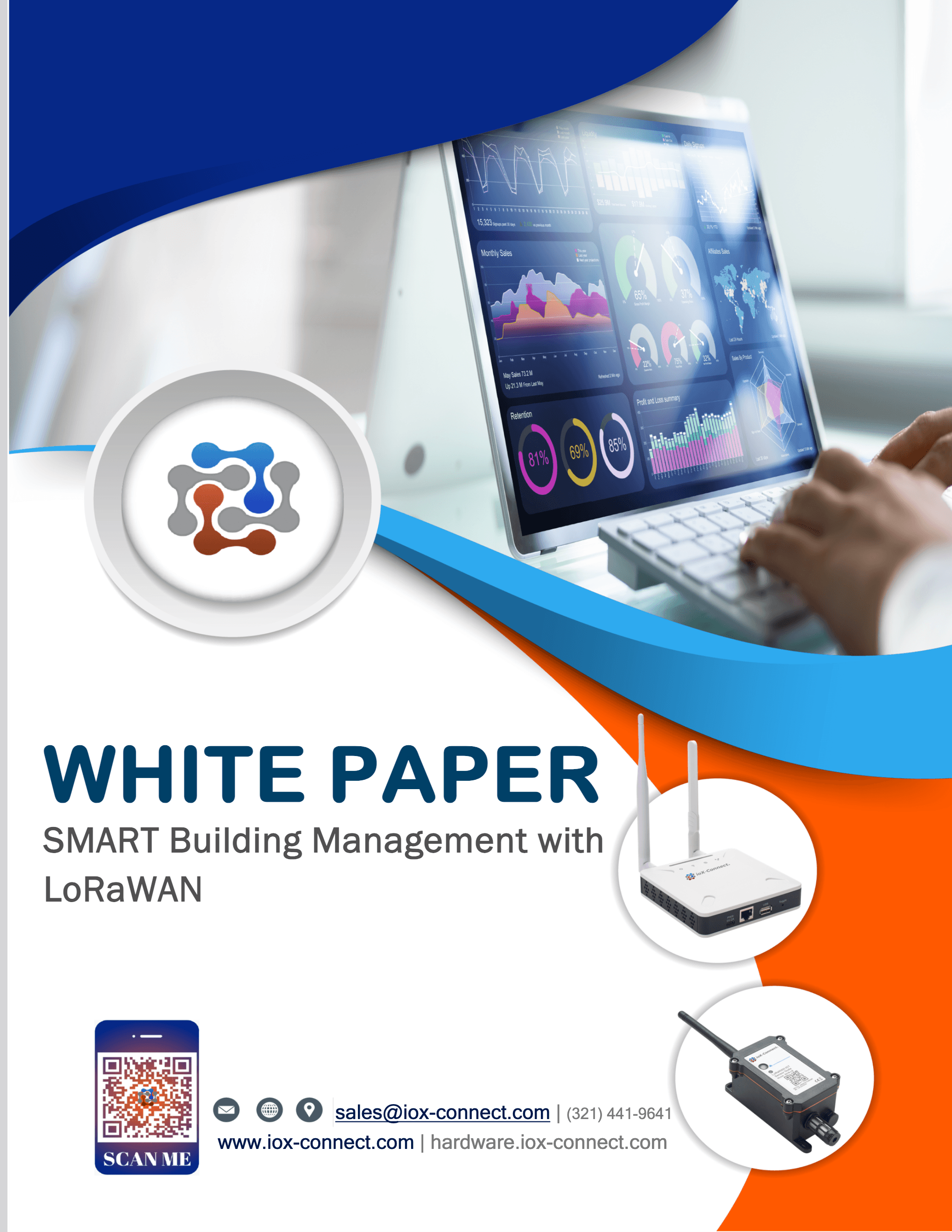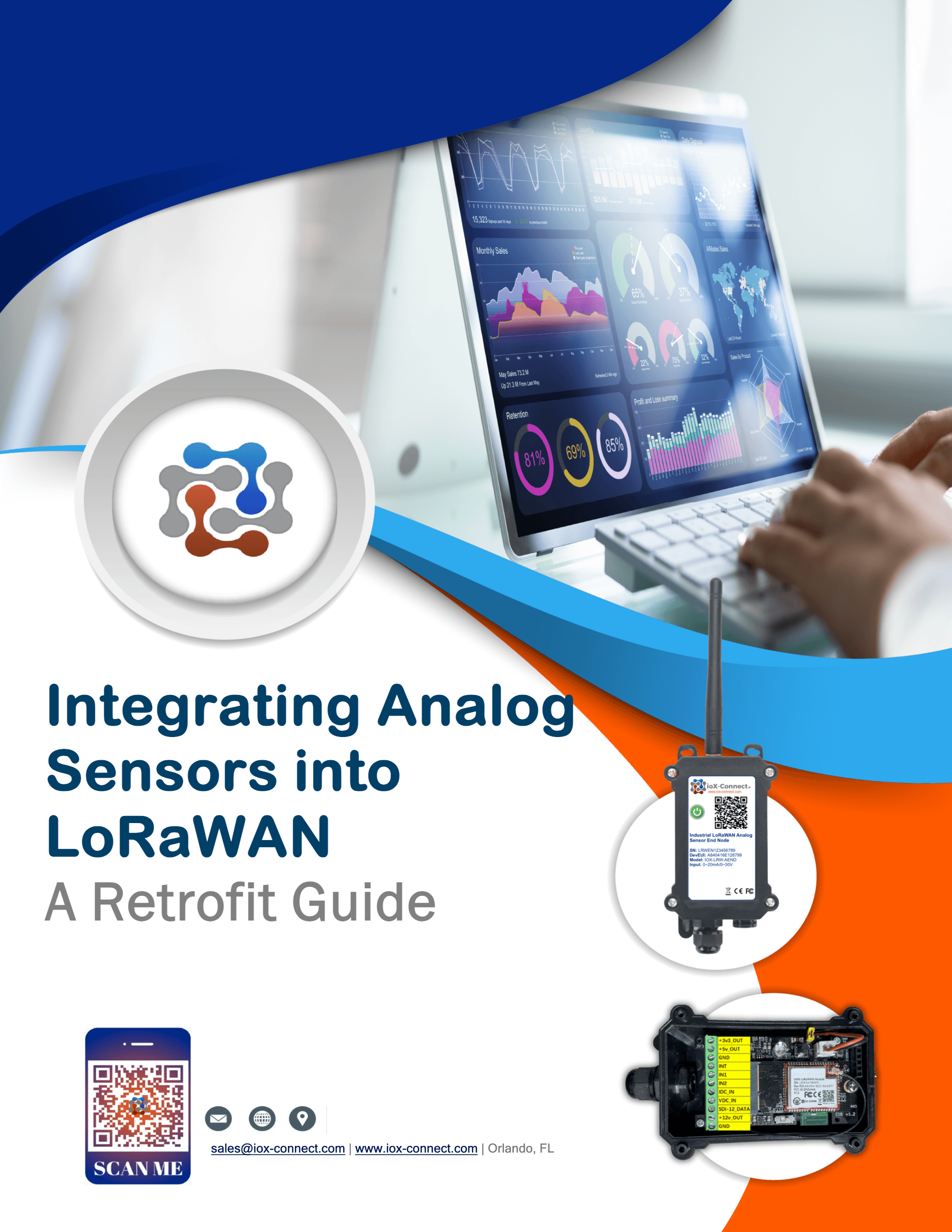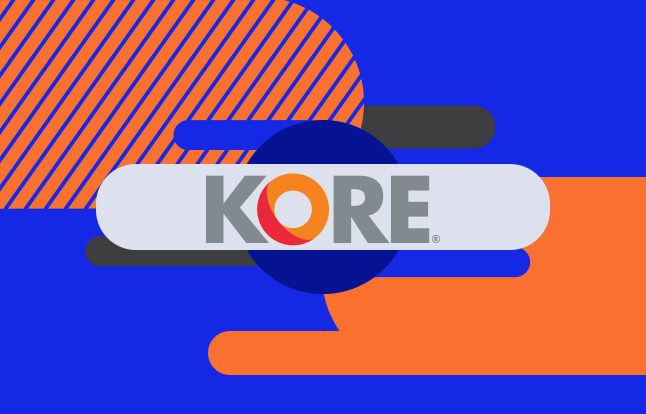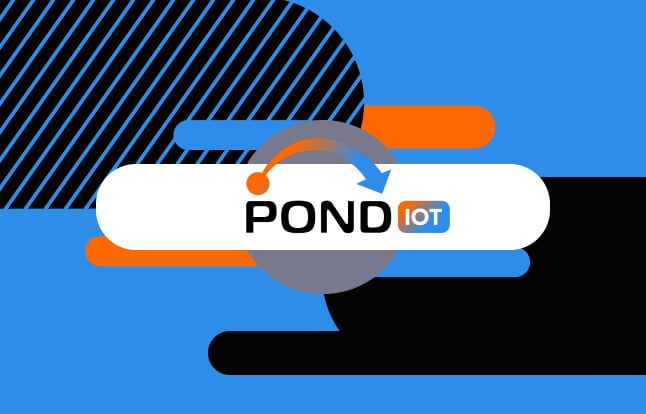IoT Resources
The latest downloadable resources from our community of AI & IoT experts will help you to learn more about IoT and AI topics in depth. These comprehensive guides, white papers, and ebooks provide valuable insights, practical examples, and the latest trends to enhance your understanding and stay ahead in this rapidly evolving field.
All Resources


IoT Business Strategy
2026 Global IoT Predictions
Ready for 2026? Download Eseye’s Global IoT Predictions Report and unlock clear guidance for the year’s most disruptive changes.
Eseye
December 11, 2025


Smart Buildings
Policy-Driven Development of Smart Buildings in Europe
EU smart building policy: EPBD, Renovation Wave, IoT sensors, LoRaWAN, BMS, energy efficiency, retrofits, Milesight solutions.
Milesight
November 26, 2025


eSIM/iSIM
Kigen's IFPP Trial Kit
Bring seamless, secure eSIM delivery to production lines worldwide with the Kigen In-Factory Profile Provisioning (IFPP) Trial Kit
Kigen
October 15, 2025


IoT Business Strategy
Eseye's 2025 State of IoT Report
Explore IoT trends, challenges & AI impact in 2025 - insights from 1,200 leaders across six key sectors shaping the future.
Eseye
September 29, 2025


LoRaWAN
Smart Building Management with LoRaWAN
Explore how LoRaWAN transforms smart building management—cutting costs, boosting efficiency, and driving ROI with IoT.
EAMS Technologies
September 12, 2025


LoRaWAN
Integrating Analog Sensors into LoRaWAN – A 4–20 mA Retrofit Guide
Guide to retrofitting 4–20 mA analog sensors with LoRaWAN for cloud analytics, predictive maintenance & cross-industry IoT upgrades.
EAMS Technologies
September 5, 2025


SIM
Multi-IMSI for IoT: How a Single SIM Delivers Global Reach, Resilience, and Compliance
A deep dive into Multi-IMSI: what it solves, how it works, and where it fits next to eUICC in the IoT connectivity landscape.
Velocity IoT
August 7, 2025


Health and Wellness
Transforming Substance Use Disorder Recovery with Remote Monitoring
Remote patient monitoring (RPM) is emerging as a game-changer in addiction recovery.
KORE
May 8, 2025


Connectivity
The Ultimate Guide to IoT Connectivity for Unattended Retail
Vending machines, kiosks, ATMs—they all need reliable wireless connectivity. Here's how smart SIM tech keeps them online and earning.
POND IoT
May 1, 2025


Technology
EMEA Tech and Trends 2024: Build, Manage, Scale & Deploy IoT
KORE
November 26, 2024


Technology
APAC Tech & Trends 2024: Key Trends and Transformative Technologies
KORE
August 21, 2024


Technology
IoT Technologies and Trends 2024: Ramping Up the 5G Era
KORE
August 21, 2024